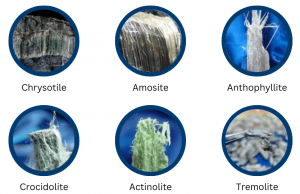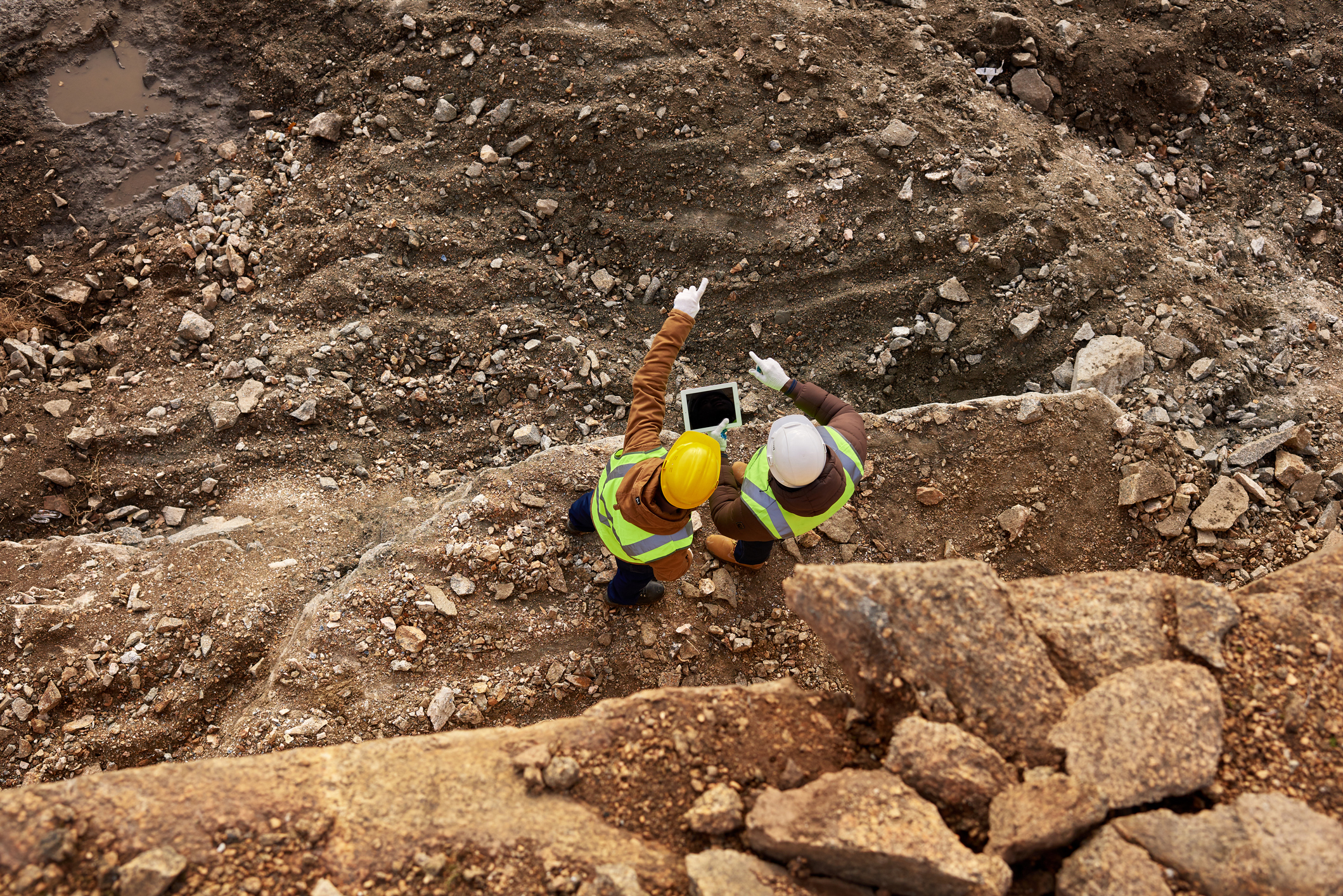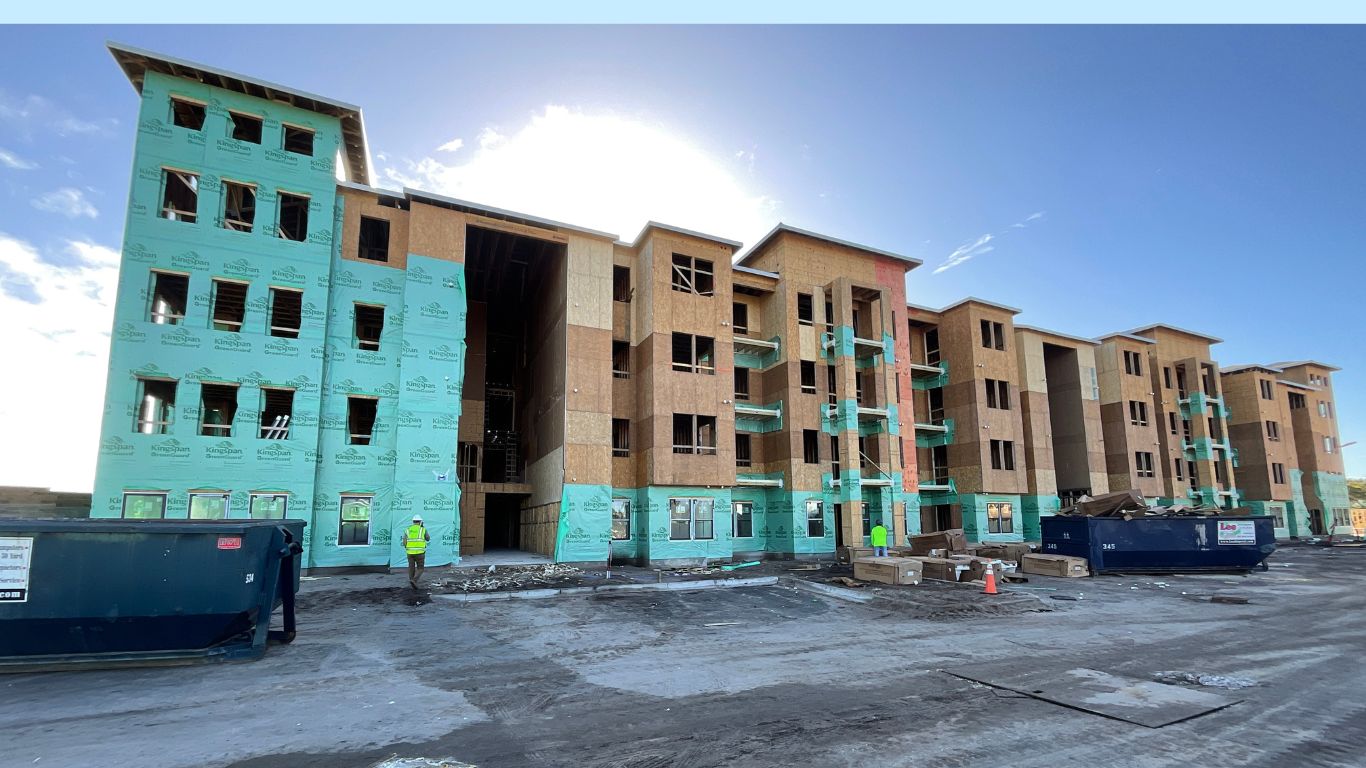Asbestos Regulations Guidance

Asbestos regulations may vary depending on where a property is located. Our job as consultants is to help educate our clients by providing asbestos regulations guidance to help them make well-informed decisions. Let’s dive in. At a minimum, the Environmental Protection Agency (EPA) requires the following:
The owner/operator of a facility that contains suspect asbestos containing material (ACM) should employ/engage an Asbestos Inspector to thoroughly inspect the facility in order to identify the presence, location, amount and condition of any ACM or suspect ACM and to prepare a written asbestos survey report prior to performing any demolition or renovation activities regardless of the age of the building.
The EPA provides information on federal requirements for the renovation and demolition of buildings that contain asbestos. It also provides guidance on developing and maintaining an operations and maintenance program to manage asbestos-containing materials in buildings. Public and non-profit private schools have distinct regulatory requirements for the management of asbestos. You can view those resources below.
What is Asbestos?
Asbestos is a naturally occurring mineral composed of flexible fibers that are resistant to heat, electricity and corrosion. Asbestos can be found in roofing shingles, ceiling and floor tiles, paints, coatings, mastics, insulations, and certain cement products. It is known to cause environmental and health hazards.
 The 6 Main Types of Asbestos
The 6 Main Types of Asbestos
- Chrysotile
- Amosite
- Anthophyllite
- Crocidolite
- Actinolite
- Tremolite
Images are courtesy of Asbestorama.
How Does Asbestos Exposure Happen?
When products containing asbestos are disturbed due to maintenance, repairs, renovations or demolition, tiny asbestos fibers are released into the air. These microscopic fibers can remain in the air for long periods of time before settling. Airborne asbestos fibers cannot be broken down easily, therefore, they present a long-lasting health and safety hazard.
Proactive Testing in the Commercial Setting
Proactive asbestos testing may help expedite planned renovations and/or emergency restoration claims. It’s something you may not think about until you’re in a specific situation. For instance, if a pipe bursts in your building over the weekend while the building is unoccupied, it’s likely that there will be an extensive amount of damage. Unfortunately, without knowing if there is asbestos present at the time of the loss, restoration timelines will run longer while you wait for an asbestos investigation to be performed. This lengthens the business interruption period. Generally speaking, performing a proactive asbestos investigation has a number of benefits, particularly in the commercial setting. Please feel free to contact us to learn more.
About Hillmann Consulting, LLC
At Hillmann, we strive to understand each individual client’s business goals and incorporate those goals into our approach. Our success is based on seeing the “big picture” for our clients and matching our recommendations to your goals. We also operate a fully accredited environmental lab which enhances our consulting capabilities. Our lab provides PCM, PLM, and TEM asbestos analyses, in addition to mold analysis. Whether you’re performing a proactive investigation or trying to assemble a team to respond to an emergency loss, we can help.






